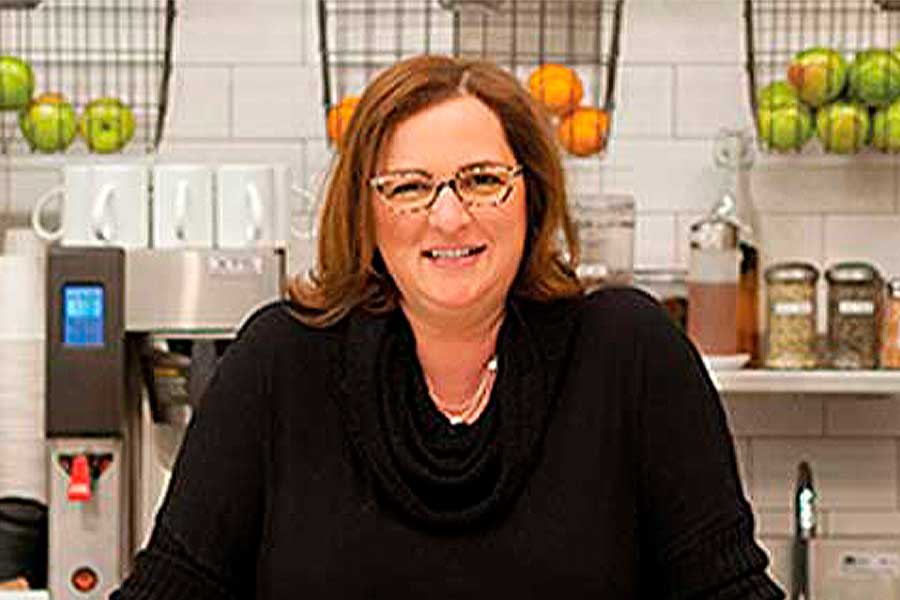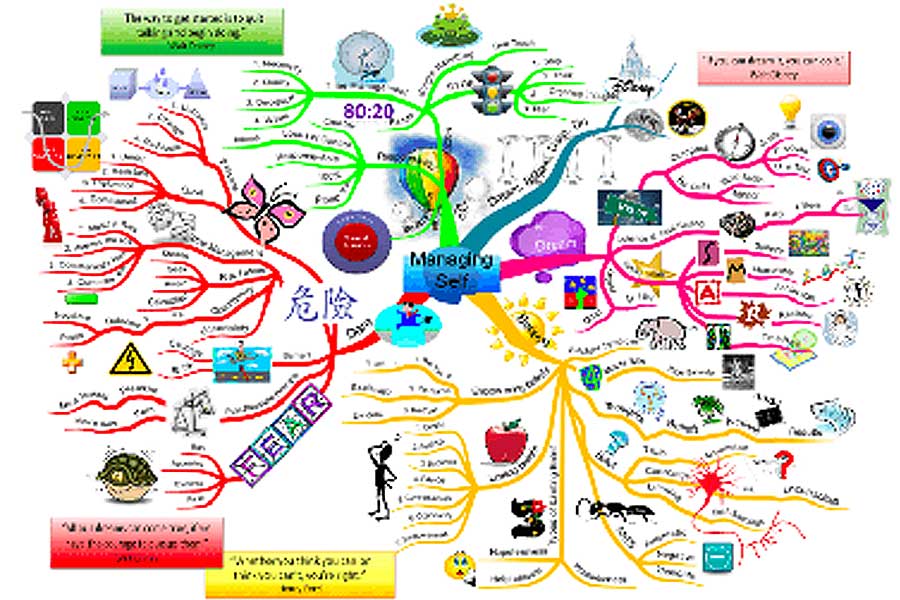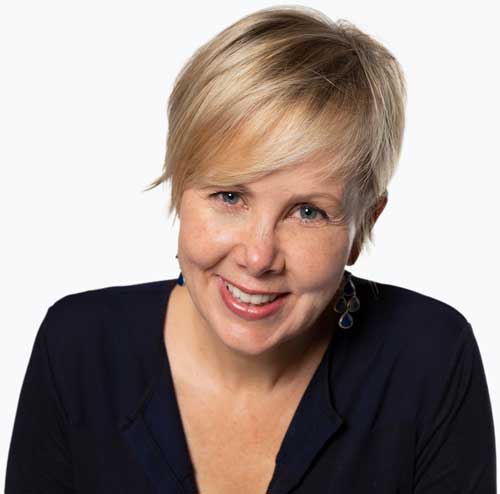Romance is the love affair with the happy outcome. How it can blind the small business owner! During the uncertainty caused by the COVID pandemic, my colleagues who own small businesses have been forced to wipe the stardust from their eyes.
How do you make up for the absent business lunch rush, or the missing tourists rife with cash– or even the preoccupied parents who had free time to shop during the school day? What can business owners do to stay afloat when services can’t be accessed? How can you pivot to become innovative?
As an entrepreneur, I have my ear to the ground, and I’m hearing some strategies that are working for small business owners in my circle during COVID:
Downsize. Noooo!… but, maybe? It’s flipping painful to close a location of your business that can’t keep up. But cutting labor costs, overhead and insurance, utilities and associated costs with a location that’s become ghosted can help the overall health of a business. Better to be sleek and mobile than bloated and sunk.
Focus on alternatives. A friend who owns a liquor store in a ski town has found that manning a take-out window has allowed him to lower staff costs and maintain social distancing. He’s wondering if he’ll ever go back to the way things were.
Assess what’s working. A restauranteur upped her pre-packaged take-out inventory, adding new cold shelves so customers could take home more prepared foods– because that’s what’s working during COVID. That new innovation is creating a new revenue stream. It’s also targeted a new clientele, and it’s a keeper. Strengthen what’s working, and then communicate to your clientele what’s new.
If you have time to lean… you have time to clean. Anyone who’s worked in the restaurant industry has heard this. Now is the time to do the deep dive. Get rid of stuff that’s not serving your business (the old files that can be shredded or archived– both physical and digital: inventory can be donated to needy causes). Spruce up the office or the warehouse. Get to know what you have got and release what isn’t working, so you can be prepared for whatever is coming.
Tackle your business plan. If you haven’t written a business plan– now is the time! What better way to assess the past and envision your future.
Re-imagine your image and brand. This is a Joly Herman Creative specialty. Contact me for a strategic message package. Let’s deep dive into what works, and ask questions about what might need to be cast off. I’d love to hear what you’re up to!







